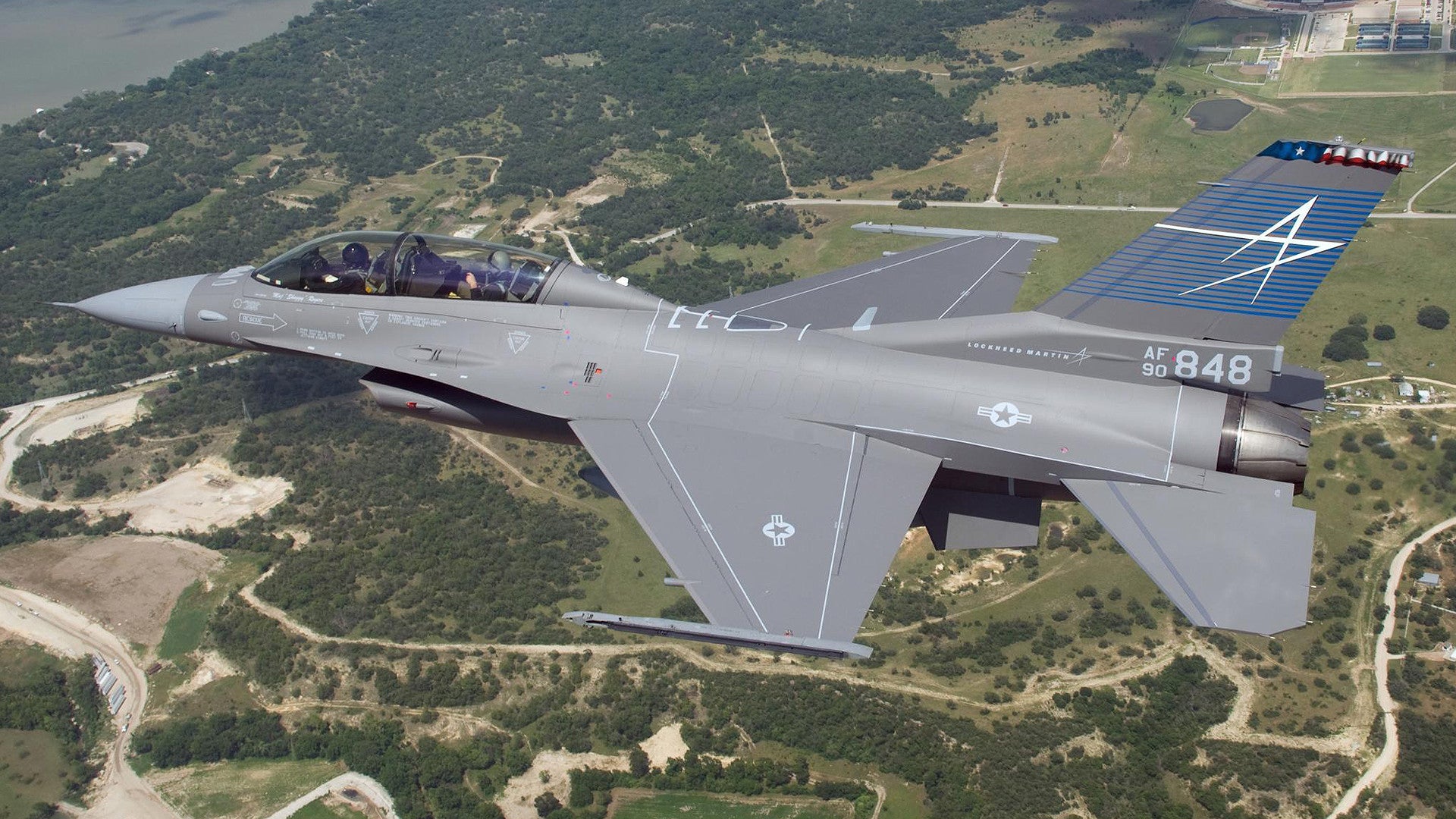The U.S. Air Force is still mulling over whether to retire its fleet of F-15C/D Eagle fighter jets and re-equip those units with F-16C/D Vipers. At the same time, the service is looking to move ahead with an extensive F-16 overhaul, which could help tip the scales in favor of those aircraft.
On April 12, 2017, Lockheed Martin, the company that makes the Vipers, announced the Air Force had decided to move ahead with a Service Life Extension Program (SLEP) for a portion of its existing fleet. The project would give each of the modified jets approximately 4,000 extra flight hours, extending the aircraft’s total life to 12,000 flight hours, keeping them combat ready through at least 2048. The project will cover 300 aircraft in Blocks 40 through 52.
“This accomplishment is the result of more than seven years of test, development, design, analysis, and partnership between the U.S. Air Force and Lockheed Martin,” Susan Ouzts, the vice president of Lockheed’s F-16 program said in a press release. “Combined with F-16 avionics modernization programs…, SLEP modifications demonstrate that the Fighting Falcon remains a highly capable and affordable 4th Generation option.”
By this point, the F-16 had been in dire need of SLEP-level upgrades for years already. In 2013, the Air Force blamed budget cuts for the decision to cancel scheduled upgrades and redirect the money into updating its F-22 stealth fighters. Two years later, the service deferred similar plans, ostensibly to free up funds for continued work on the Viper’s controversial future replacement, the F-35 Joint Strike Fighter.
In December 2016, the Air Force Life Cycle Management Center (AFLCMC) announced it was once again looking for industry partners who might be able to do extensive work on the F-16. Evaluators at Hill Air Force Base in Utah had already signed off on a “kit” of prototype SLEP parts – likely the culmination of the seven-year process Lockheed cited in their press release.
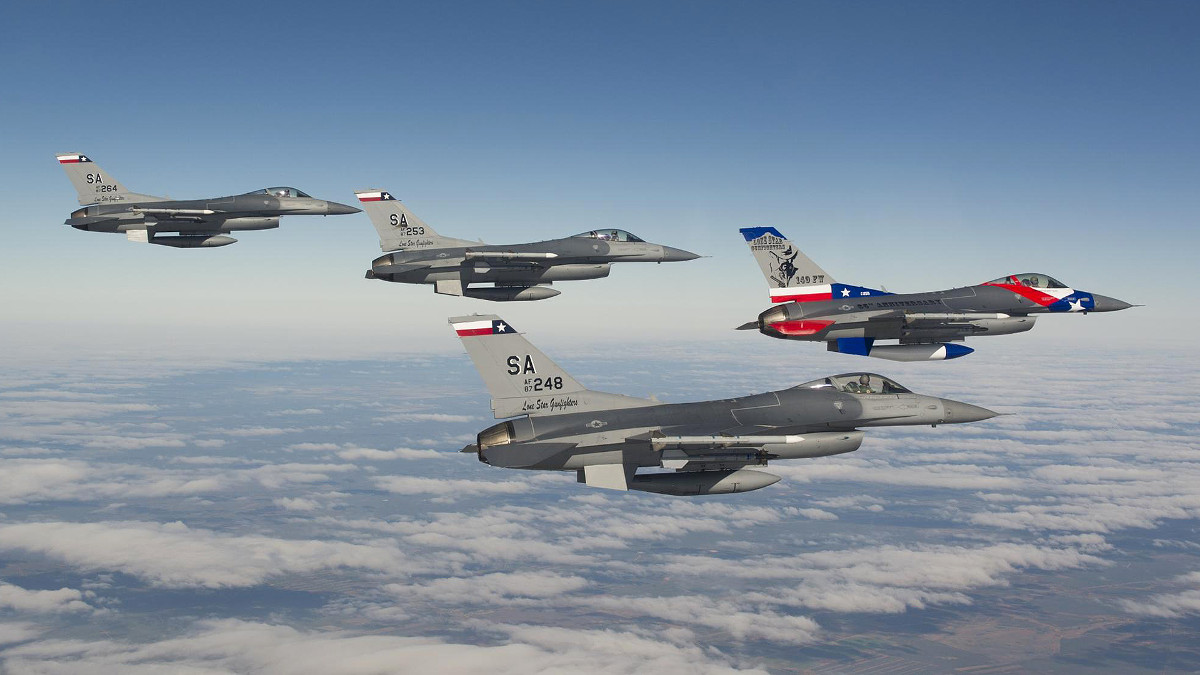
The draft plans outlined a desire to get an additional 6,000 flight hours out each upgraded fighter jet, rather than the final figure of 4,000 flight hours. The Air Force expected to buy an initial batch of 300 SLEP kits for its own F-16Cs and more than 40 more on behalf of unspecified allies operating two-seat F-16D trainers. At that time, the service had more than 1,000 F-16Cs and Ds just in its own inventory.
Based on the associated documentation, the overhaul process would include replacing the wings, much of the aircraft’s external “skin,” supporting beams in the jet’s tailplane, and a series of internal bulkheads. The Air Force planned to issue separate contracts to build the parts and install them, potentially leading to separate companies handling these two tasks.
But the Air Force did not even issue a formal “request for information” – a non-binding notice of potential interest in products or services – until April 10, 2017, just two days before Lockheed’s statement came out. As of April 12, 2017, there is still not official contract or estimated price tag for the SLEP.
And that’s where the future of the F-15C/D comes in.
As the Air Force considered whether or not to proceed with the F-16 updates, it was also debating whether to scrap the older Eagles – with the exception of the F-15E Strike Eagle – altogether. Faced with an unprecedented shortage of pilots, uncertain future budgets, and the F-35’s growing costs and repeated delays, the service had apparently been looking to save money by reducing the total number of different aircraft in its inventory.
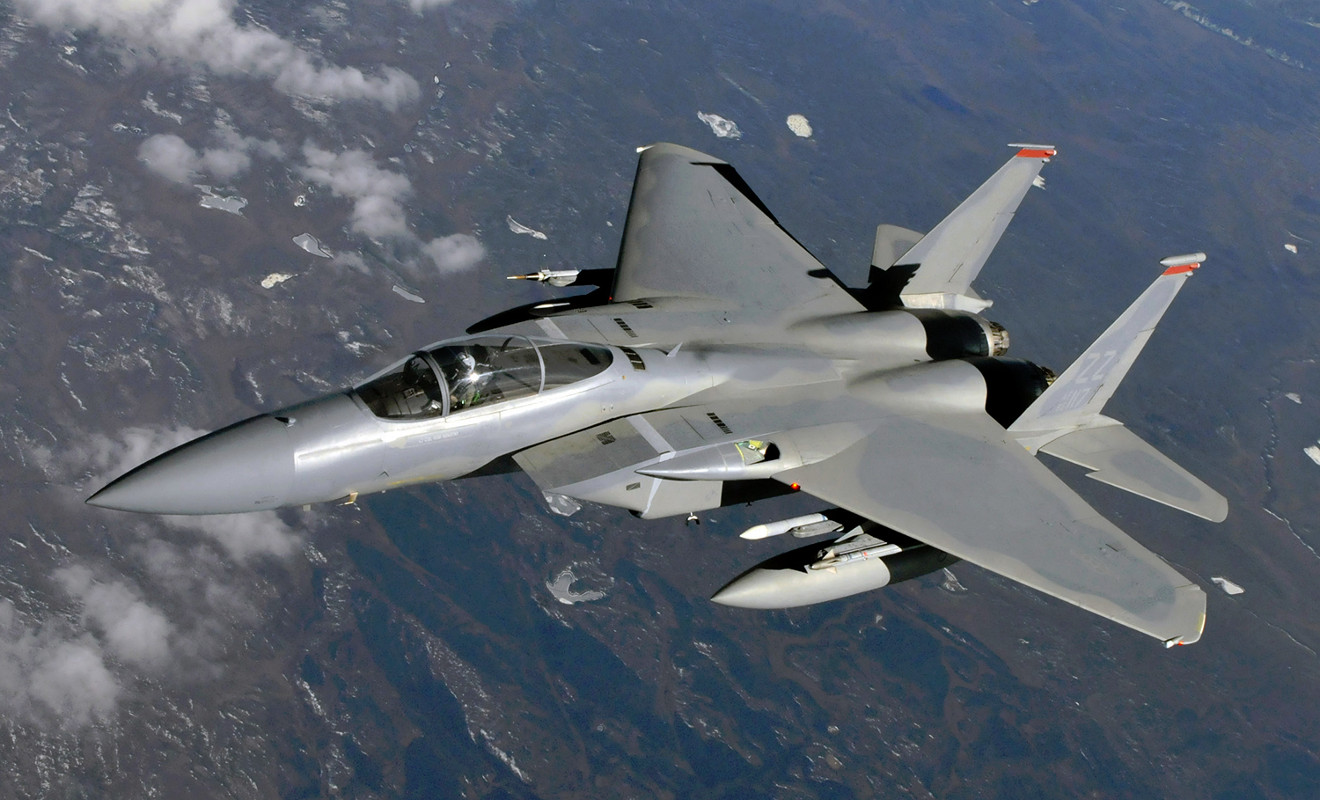
“We do have capacity in the F-16C community to recapitalize that radar to serve the same function as the F-15 has done and thereby reduce the different systems that we have to sustain and operate,” Major General Scott D. West, the Air Force’s Director of Current Operations, said at a House Armed services Committee Hearing on March 22, 2017.
Chairman Joe Wilson, a South Carolina Republican, had started the discussion with a question about the state of the plan, catching defense experts and even many of his fellow committee members off guard. This was the first time the service had discussed the previously internal “pre-decisional” proposal in public. By the end of the meeting, there was a real concern the Air Force was already on its way to retiring the Eagles for good.
It was an especially shocking development, since another extensive upgrade program was slated to give the entire fleet of F-15C/Ds – approximately 179 aircraft, not counting those set aside for training duties – decades more service life. A number of the jets had already received fast-scanning, state-of-the-art AN/APG-63(V)3 active electronically scanned array (AESA) radars as part of an earlier refit program.
The Air Force insists it hasn’t made a final decision on the plan. If it did decide to retire the Eagles, that probably wouldn’t begin until sometime in the mid-2020s, either.
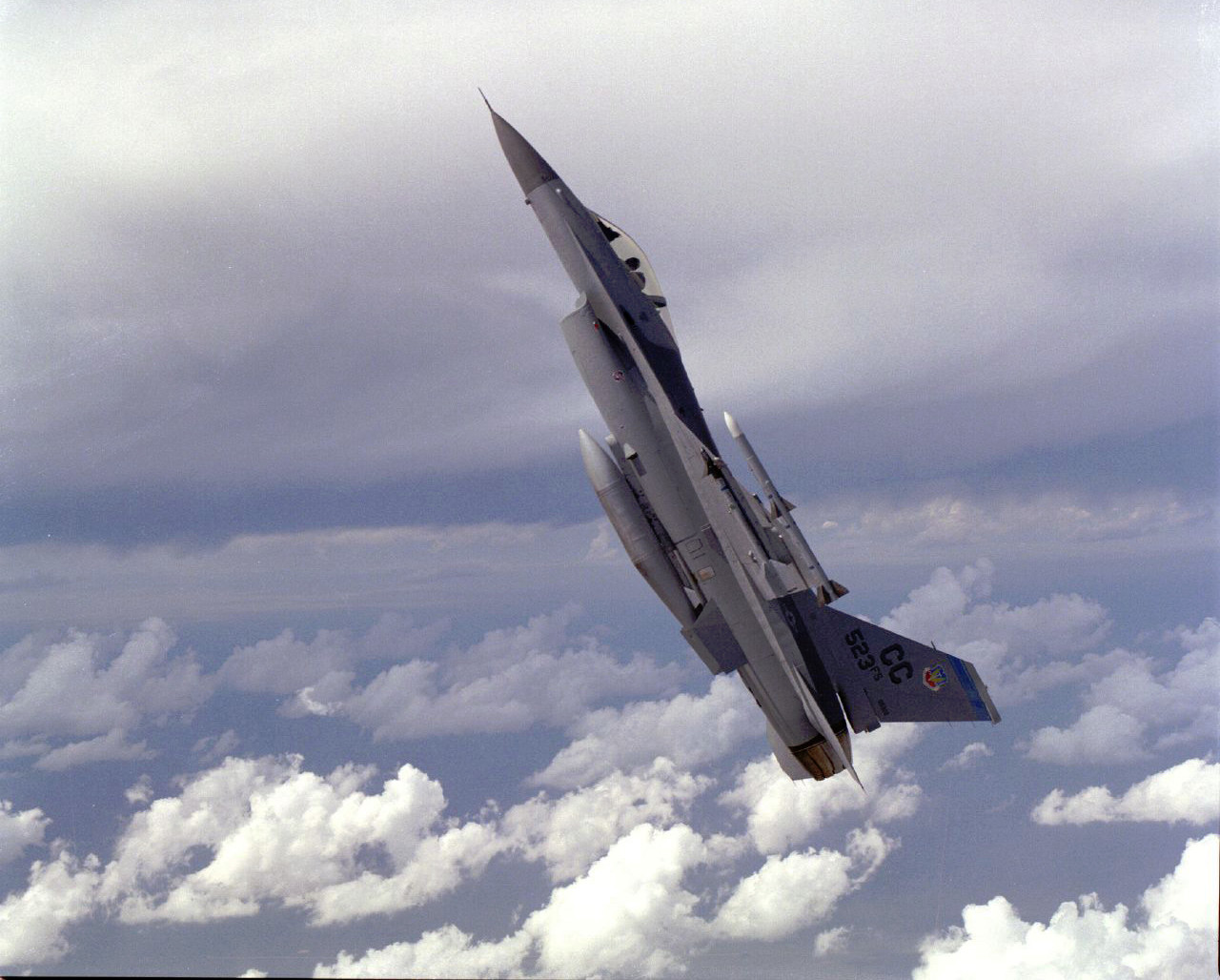
“We’re looking at all options all the time because until we get a budget, it’s really hard to plan,” Air Force Chief of Staff General David Goldfein told reporters during a talk at The Heritage Foundation think tank on April 12, 2017. “I actually haven’t made a decision on any of the aircraft. We’re going to keep the F-15C around at least until 2020.”
However, if cost is the major factor, an Air Force decision to finally go ahead with a SLEP for its F-16C/Ds could indicate the service was leaning toward gutting the Eagle fleet or might just help push it in that direction. Based on what has happened in the past, spending money on F-16 improvements could easily mean cuts to funds for F-15 updates.
The Eagles are due for a massive, costly overhaul themselves, which could add even more impetus for sending them to the boneyard. A SLEP for the F-15C/Ds would likely include needing to replace each aircraft’s entire center fuselage section, the wings, and numerous other components. The final cost of such a proposal could be between $30 and $40 million per aircraft, Air Force General Mike Holmes, head of Air Combat Command, told Aviation Week at the end of March 2017. In August 2016, Boeing received more than $250 million just to stress test both F-15C/D and F-15E aircraft in order to figure out exactly what sections might fail and when.
“In the Air Force, we need capacity, because we’re in high demand, whether you want to talk about what we’re doing in the Middle East or whether you want to talk about what we’re doing in the Korean Peninsula, or what we’re doing forward in Europe,” Goldfein said. “The way I look at it is not going to be about this platform versus that platform. It’s going to be how do we network these capabilities together to be able to do the mission that the nation is asking us to do.”

Most importantly, to at all match the F-15C’s air-to-air capabilities, the F-16Cs would need their own AESA radar. Lockheed has already developed a version that might fit the bill, the F-16V, which features the AN/APG-83 Scalable Agile Beam Radar among a host of other avionics improvements. On top of that, the company is selling is as an upgrade package for older models. Taiwan was first customer to take advantage of this offer and is in the process of converting its dated F-16A/Bs to the new configuration. In 2015, The Maryland-headquartered defense contractor pitched a similar version, the F-16IN, to India, which ultimately lost out to the French-made Rafale. After allegations of graft in the contracting process, the Indian government decided to put out another fighter jet tender and Lockheed has offered another improved F-16 model, the F-16 Block 70.
At the same time, the Air Force and Lockheed have been looking at other ways to expand the capabilities of the F-16. On April 10, 2017, Lockheed issued another press release announcing they had cooperated with the Air Force Research Laboratory, the Air Force Test Pilot School, and defense contractor CalSpan Corporation – which operates the unique F-16 Variable stability In-flight Simulator Test Aircraft (VISTA) – to evaluate an unmanned Viper as a drone wingman.
During experiment, dubbed Have Raider II, the F-16 VISTA coordinated with a regular Viper and a ground station, conducting mock ground attack missions autonomously based on a given set of parameters, while adapting to changing, simulated threats and other conditions. Whether it’s a drone F-16 or another unmanned combat air vehicle (UCAV), this so-called “manned-unmanned teaming” could help alleviate the Air Force’s pilot shortage. The Air Force has said it eventually wants this capability for its F-35As, as well.
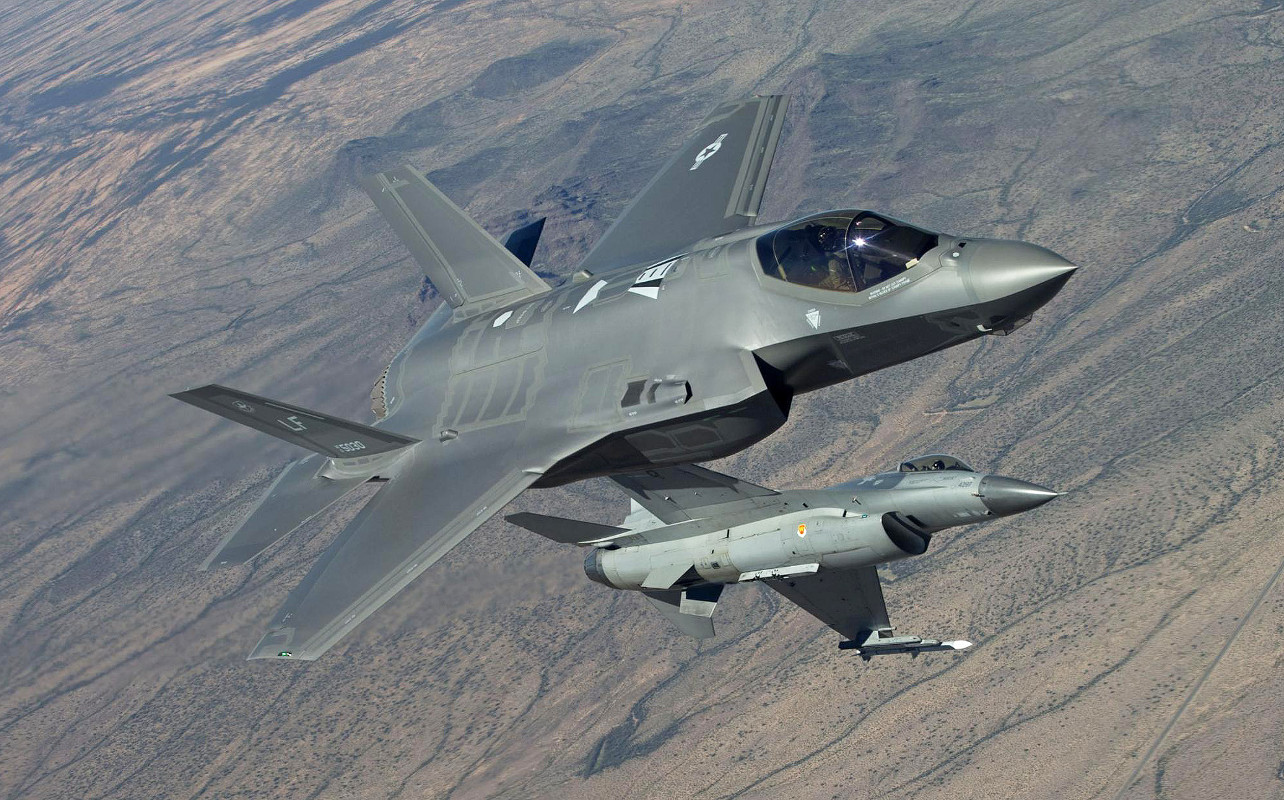
Ultimately, both the Air Force and Lockheed remain focused on getting the F-35A fully into service over any other fighter jet projects, even if the F-16 SLEP could to be a tacit admission that desired fleet of more than 1,750 Joint Strike Fighters is unlikely to materialize. The service’s overarching view is that fourth generation aircraft such as the F-15 and the F-16 would be doomed in a future conflict against any peer or near-peer adversary boasting a combination of advanced fighter aircraft and networked, long-range surface-to-air missiles.
“The question of an F-15 and an F-16 in a European scenario on its own, neither one is going to do it,” Air Force Lieutenant General Mark Nowland, Air Force’s Deputy Chief of Staff for Operations, declared at another event, according to DefenseNews. “They both are going to get shot down and die.”
At the same time, F-16 sales has been shrinking to the point that Lockheed repeatedly raises the possibility of having to shutter the production line altogether. In March 2017, the firm announced it would stop making the jets in Texas and shift the work to a smaller, more flexible facility in South Carolina.
But in its own press release about the F-16 SLEP, Lockheed stressed the project would simply ease the transition to the F-35 and made no comment about additional work beyond the 300 planned upgrade kits. When the Air Force held an industry day gathering about the overhaul program, Boeing – which also runs the A-10 rewinging program – actually sent more representatives than Lockheed did, according to sign-in sheets the service posted online.
Regardless, the SLEP signals the Air Force’s desire keep at least some F-16C/Ds combat ready in the long term, which could give the service space to retire the F-15C/D, and make due with a potentially smaller F-35A fleet.
Contact the author: joe@thedrive.com
